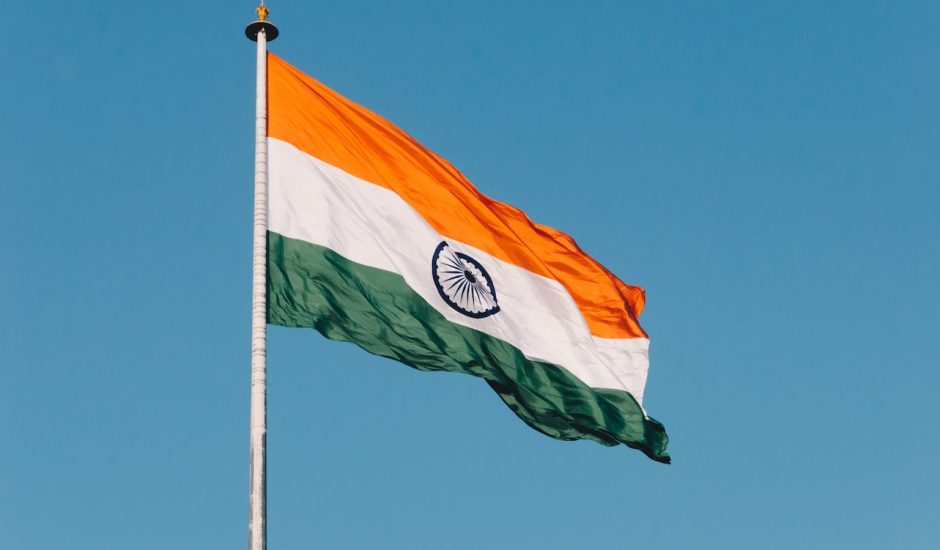The temperature exceeded 50°C in Pakistan a few days ago. The Indian subcontinent is experiencing the effects of the heat dome. Health, agriculture, power outages: the consequences are many. The rainy season is eagerly awaited.
If France suffocates with temperatures over 35 °C in May, the situation is much worse in the Indian subcontinent. Temperatures hit 50 °C in Jacobadad, a city of 191,000 people in Pakistan. This is the hottest temperature recorded in the Northern Hemisphere since the start of the year. Mercury rose to 49°C at Dadu in India and Khairpur in Pakistan or 48°C at Nawabshah in Pakistan on Friday 13 May. At the national level, in Pakistan, the temperature is 6 to 9°C above the seasonal norm.
\ud83d\udd25 As expected, today #Pakistan \ud83c\uddf5\ud83c\uddf0 hit the first 50 °C of the year in the Northern Hemisphere.
50.0°C Jacobabad
49.0°C Dice, Larkana & Sibi
48.9°C Khairpur
48.5 °C Mohenjodaro
48.0°C Nawabshah, Padidan & RohriThis is the earliest 50 °C in NH since 2002 (30 April)!#sama de Chaleur https://t.co/BUFmcpN04z pic.twitter.com/USEFnjrABj
—Thierry Goose (@ThierryGooseBC) May 13, 2022
May is the hottest month in India and Pakistan. This is traditionally hot and dry summer. But the current temperature was extraordinary. They are explained by hot domes associated with persistent anticyclonic blockages. Since March, India and Pakistan have experienced extremely hot hot springs. April was even the hottest since the start of the weather record in India with over 40 °C in New Delhi.
Dehydration and hospitalization
Result: drought worsens. The Indus River, which rises in Tibet and flows through India and Pakistan before emptying into the Arabian Sea, has experienced a 65% decrease in flow due to lack of rain and snow.
A woman fills a jerry can with water in Jacobabad, Pakistan, May 11, 2022.
Sheep have died from lack of hydration and sunburn in Punjab. Birds can no longer fly and fall to the ground due to dehydration. This drought causes fires that harm vegetation and many species of wild animals. Several cities experienced power outages that lasted for several hours which prevented the air conditioner from working at full speed. In class, children are suffocating in a school building without a fan. Dehydration leads to increased hospitalizations for acute kidney injury.

A girl drinks sugar cane juice in Karachi, Pakistan, 17 May 2022.
Today, the risk of food shortages and water shortages is very real in India. Wheat production fell. Indian Prime Minister Naranda Modi has banned exports to ensure the country’s food safety.

A woman suffering from heat is treated at the Jacobabad hospital in Pakistan, May 11, 2022.
Monsoon rains are eagerly awaited
In the history of weather, India is one of the countries in the world with the highest frequency of heat waves for forty years. Indian meteorologists recorded 600 heatwave days between 2011 and 2020 compared to 413 days between 1981 and 1990.
Extreme temperatures are expected to fall with the arrival of monsoon rains. They generally water southern India from mid-May and the northern part of the country in early June.

“Thinker. Food advocate. Incurable coffee enthusiast. Communicator. Proud student. Zombie buff. Tv fanatic. Extreme troublemaker.”






